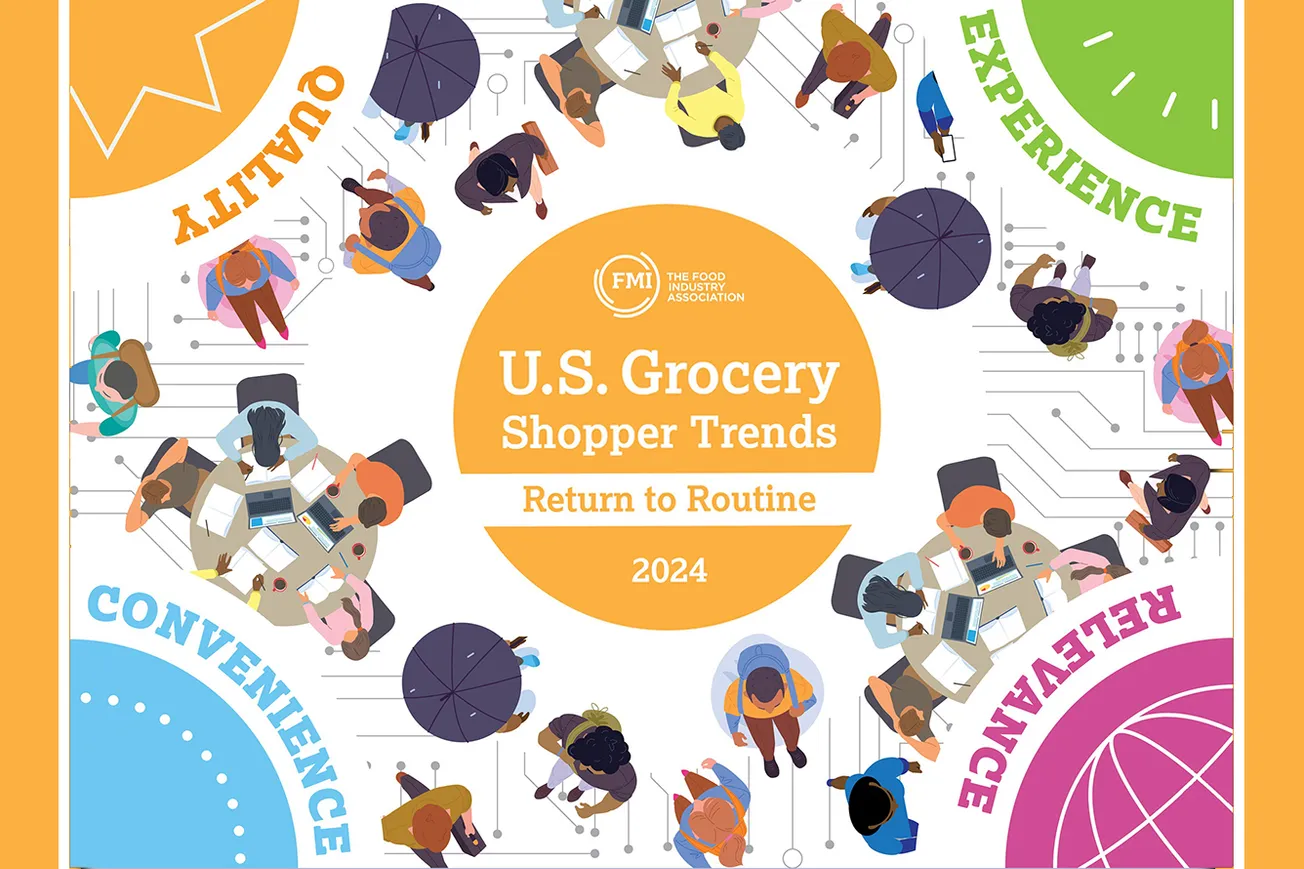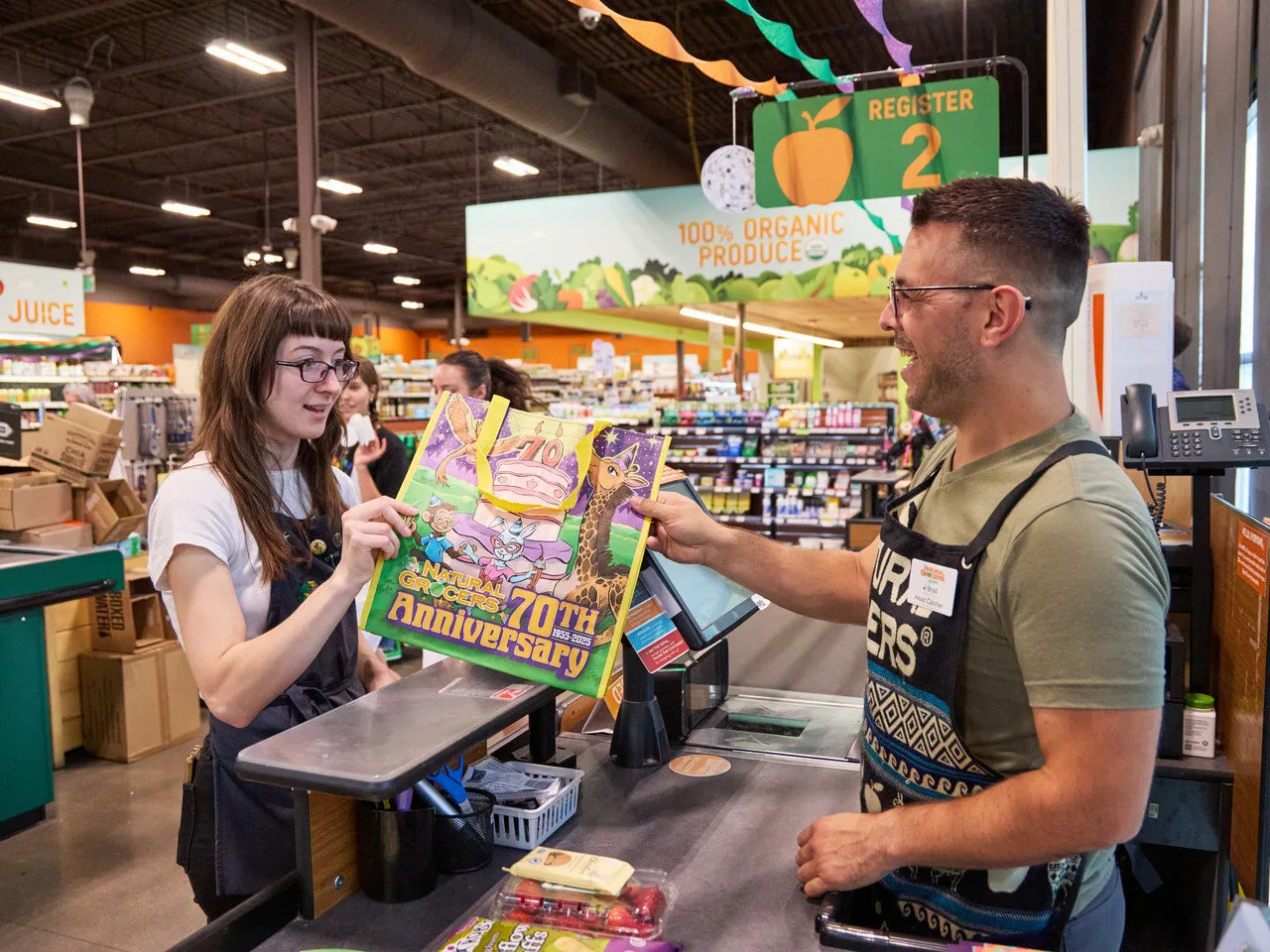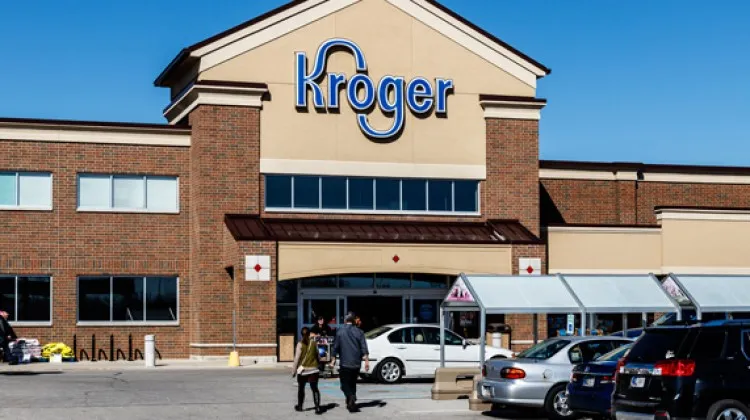ARLINGTON, Va. — American consumers are recalibrating their grocery shopping habits to stay ahead of inflation, according to the latest survey from FMI – The Food Industry Association.
The survey, conducted by FMI and The Hartman Group, found that while inflation is still a lingering concern, shoppers are finding new ways to stretch their dollars without sacrificing the satisfaction of a well-stocked pantry.
Despite inflationary pressures, a whopping 83% of Americans say they feel some degree of control over their grocery spending, thanks to strategies like deal hunting and switching between stores. This optimistic outlook is bolstered by recent USDA data, which shows that food price inflation has cooled significantly. Projections indicate only a modest 1% rise for 2024 and an even slimmer 0.7% increase for 2025.
“Shoppers report that one of the few parts of their household budgets they can control is their grocery spending,” said Leslie G. Sarasin, president and CEO of FMI. “Through taking advantage of deals, promotions, or shopping around, they continue to find value.”
According to the report, U.S. Grocery Shopper Trends: Return to Routine, 79% of shoppers prioritize getting a good value at their primary store, with many showing resilience and adaptability in the face of rising costs. The average household is spending $163 per week on groceries—an amount that has remained steady over the past 18 months. Meanwhile, 63% of shoppers say they are constantly looking for deals, adjusting their shopping habits to keep their grocery bills in check.
The report also highlights how extreme summer weather events have impacted grocery budgets, with families spending more on essentials to stock up amid heatwaves and other climate disruptions. Yet, despite the hotter-than-usual temperatures, only 9% of shoppers associated food shortages with the extreme weather, focusing more on managing expenses than grappling with supply chain issues.
The survey also found that consumers continue to rate their primary grocery stores highly in terms of meeting their needs, scoring an average of 8 out of 10. This satisfaction, paired with savvy shopping tactics, has helped many Americans feel empowered to take control of their grocery budgets, even as 69% remain concerned about food inflation.
As food prices stabilize, this trend of budget-conscious yet optimistic grocery shopping is likely to persist into the fall and beyond. For retailers, this means staying on top of promotions and continuing to provide value-driven options that resonate with consumers facing ongoing economic challenges.
With cooler weather ahead, shoppers will be keeping their eyes peeled for the best deals while settling back into their routines, ensuring that their grocery carts—and wallets—remain full.









